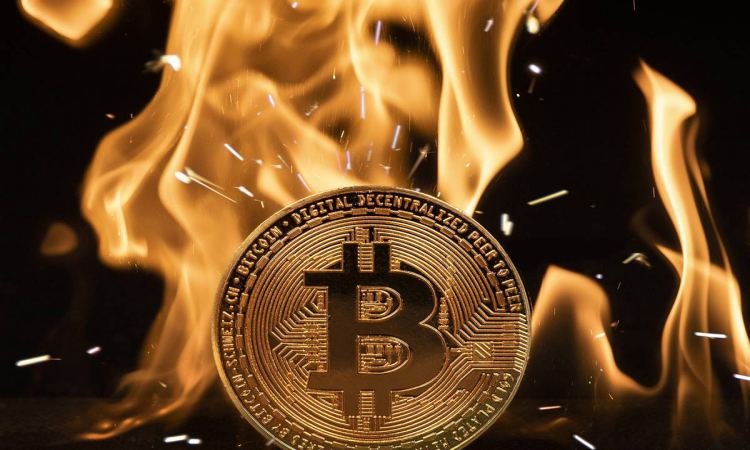 Burning occurs when the required number of burner assets is transferred into a crypto wallet that is inactive and difficult to find, leading the assets to be purposely lost. The tokens must no longer be utilized since the wallet is not associated with the network. These tokens cannot be accessible, rendering them effectively useless; therefore, the word “burned.” To know more, Register here.
Burning occurs when the required number of burner assets is transferred into a crypto wallet that is inactive and difficult to find, leading the assets to be purposely lost. The tokens must no longer be utilized since the wallet is not associated with the network. These tokens cannot be accessible, rendering them effectively useless; therefore, the word “burned.” To know more, Register here.
Coins That Are More Valuable Burned Than Circulated
Coins from all cryptocurrencies can be burned. The coin’s development team often has the authority to decide whether to burn tokens. This procedure is quite similar to the concept of a stock buyback by a publicly listed corporation. The creators of a project may burn some of the supply or purchase coins back from the marketplace.
A digital asset is essentially withdrawn from use by being locked up for all time when it is burned by delivering it to a location from which it will never access, also referred to as a burn address. A burn account would be a virtual currency that cannot be accessed because a private key is not associated with it, much like a lock for which a keyhole has never been created. Eating addresses are another name for burn addresses.
Burning A Coin: The Science And Technique Behind It
These coins are delivered to a wallet that is inaccessible to everyone. There are numerous methods to accomplish that, but the most popular one is currently sending the bitcoins to a so-called eating location. On the blockchain, the amount is openly accessible, but no one has access to its information.
Sending assets to a cryptocurrency wallet that is only able to receive tokens—not send any—enables the burning of tokens. This “burns” them, or eliminates them from circulation.
The Burn Method: Why Certain Protocols Destroy Their Cryptocurrency
At times, crypto projects would burn their assets similar to the way that firms buy back their assets, paying the cost of capital and delivering investors additional value in the shape of a higher cost for the asset. Because of this, news of a project using tokens may be seen favorably, albeit it may not necessarily cause values to rise right away.
This is because certain token burns are programmed to occur regularly or are beforehand announced and are therefore essentially incorporated into the value at which a token sells before the burn occurs. It’s also feasible that unrelated information about a digital asset might impact price changes in a more pronounced way.
Burn mechanisms have been considered a way for Ethereum, the second-largest virtual currency by market valuation, to move users from its old proof-of-work system to its upcoming proof-of-stake network. The August 2021 release of EIP-1559 burns Ethereum obtained via fees paid for network payment transactions. As per Monitor the Burn, it has so far taken out $2.9 billion (or 2.5 million ETH) in Ethereum since its launch.
The Future Of Mining: Burning Coins To Support Equilibrium
The PoB system contains a mechanism that encourages the regular burning of supported by a number to keep an equilibrium between early investors and newcomers to prevent the potential of unfair benefits for early adopters.
Each time a brand-new block is mined, the rate at which currencies are generated by PoW slows down. The miners are encouraged to work consistently because they must burn the early currencies and excavate fresh ones rather than mining one Bitcoin when processing initially starts.
As more currencies are mined, it becomes incredibly hard for the initial adopter’s well-funded entrepreneurs with massive mining farms—to keep a plurality of the coins since increased proof-of-work processing increases the difficulty to mine cryptocurrency.
Conclusion
Typically, programmers are the ones that burn coins. Because of the decreased supply, the price of the cash should rise, benefiting investors. Earning money by trading any form of financial instrument, including stocks, shares, or resources like precious metals, is not simple. The same is true with cryptocurrencies. It is well recognized to directly motivate and reward the investment base of a project. Coin burning has a direct impact on supply and demand patterns. These occurrences increase the token’s scarcity and increase the value of the Bitcoin by lowering the total amount of tokens in operation.




